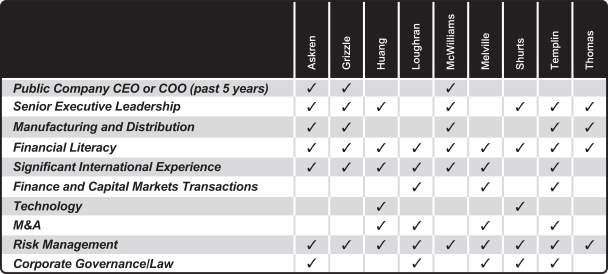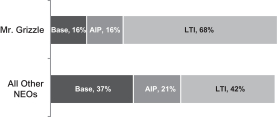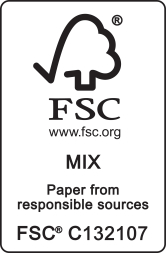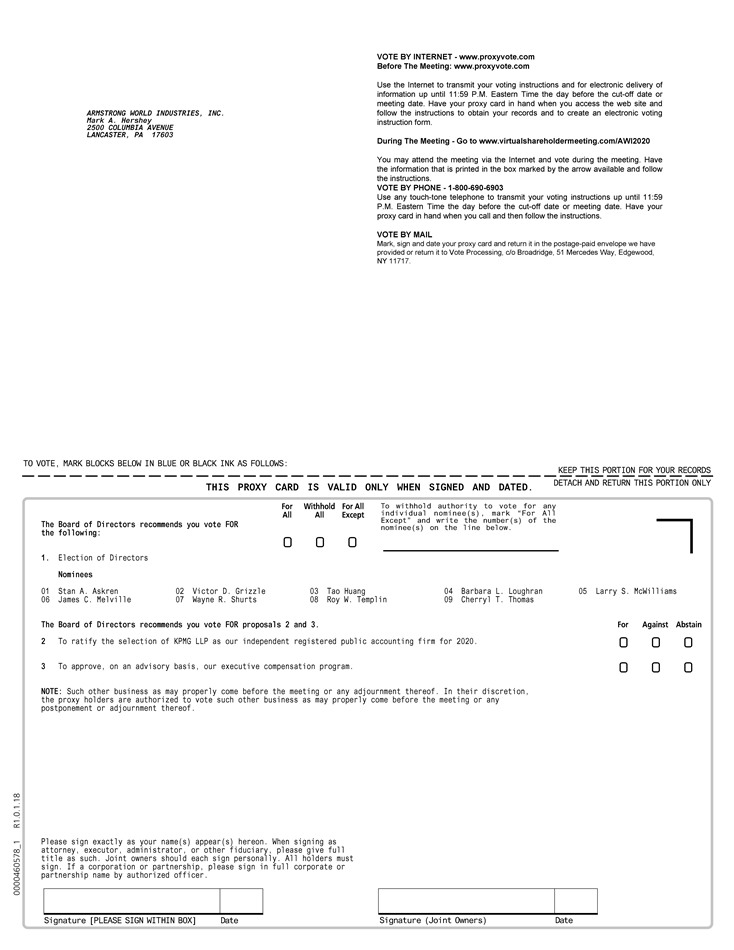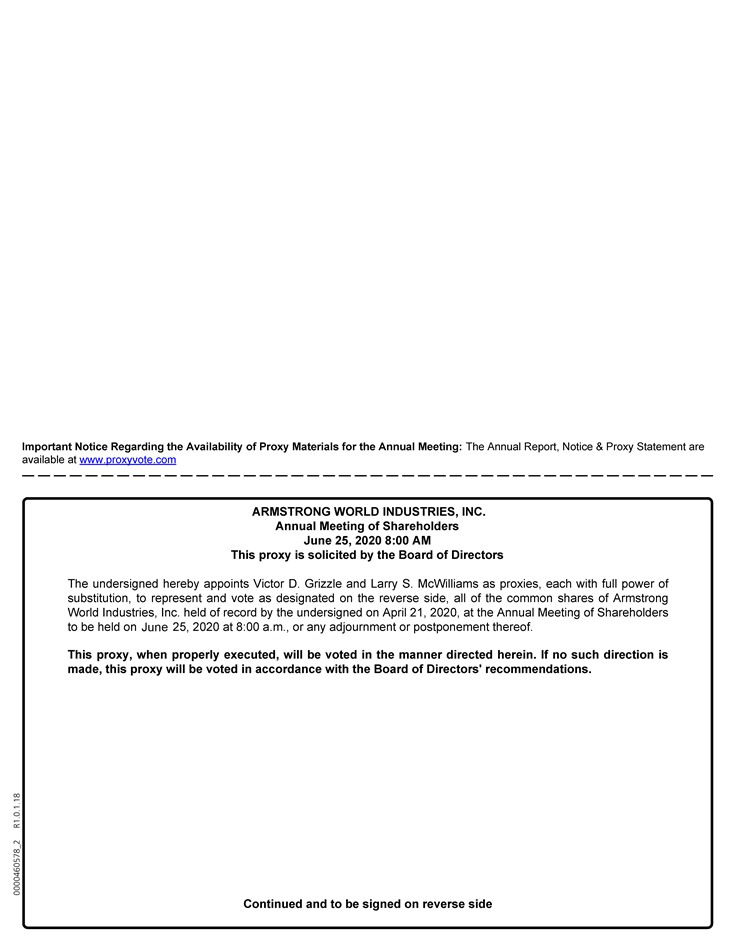| | |

ARMSTRONG WORLD INDUSTRIES, INC. 2500 COLUMBIA AVE., LANCASTER, PA 17603 P.O. BOX 3001, LANCASTER, PA 17604 www.armstrongceilings.com April 28, 2020 | | 
|
2020 ANNUAL MEETING OF SHAREHOLDERS
ARMSTRONG WORLD INDUSTRIES, INC.
Dear Fellow Shareholders:
We look forward to your attendance virtually via the Internet or by proxy at the 2020 Armstrong World Industries, Inc. Annual Shareholders’ Meeting. We will hold the meeting at 8:00 a.m. Eastern Time on Thursday, June 25, 2020. To provide a consistent and convenient experience for all shareholders regardless of location, we have adopted an entirely virtual format for this meeting.
In 2019, we completed our transition to an Americas-focused ceiling, wall and suspension system solutions provider with the sale of our European, Middle East, African, and Pacific Rim businesses to Knauf International GmbH. Within our Mineral Fiber segment, we continued to drive net sales growth and deliver strong earnings performance. Within our Architectural Specialties segment, we expanded our portfolio and capabilities through the acquisitions of Architectural Components Group, Inc. and MRK Industries, Inc. Additionally, we continued our share repurchase program and enhanced our regular quarterly dividend by 14%.
As we look forward to 2020 and beyond, we are excited to highlight several of the initiatives that will transform our business this year and into the future. As an Americas-focused ceilings and walls company, we are investing for growth, agility and speed across our entire organization to (i) rapidly innovate and launch new products, (ii) effectively utilize data and digital technology, (iii) brand, promote and drive specifications for our broad range of product offerings, and (iv) expand our portfolio of solutions and manufacturing capabilities through a pipeline of business development opportunities, as well as new programs focused on the sustainability of our products and operations. These initiatives and investments make this an exciting time for our company.
Finally, as we mail this letter and proxy statement, our dedicated teams are proactively managing thefar-reaching impacts of the coronavirus(COVID-19) pandemic. Our primary concern continues to be the health and well-being of our employees and their families, our business partners, and our communities, and the needs of our customers and the economy as a whole. Please know that, with the support of our Board, management is taking actions on a daily basis to safely and effectively navigate this unprecedented economic and public health disruption for the benefit of all of our stakeholders, while operating within CDC guidelines and maintaining a safe working environment for employees and business partners. Manufacturing operations have altered crewing; adjusted line speeds; reconfigured work and common areas; installed barriers to maintain recommended social distancing; and increased the frequency with which facilities are cleaned. Corporate and sales staffs are working remotely, and an emergency leave process has been instituted for all employees. The Company remains focused on serving and supporting customers, particularly priority healthcare projects. With our strong balance sheet, experienced and dedicated teams, industry leading product portfolio and long-standing customer and supplier relationships, we are well-positioned to manage through these challenges and position our company for future opportunities and continued success.
Our Board of Directors and management team look forward to continuing our work to advance our strategic priorities, serve our customers, create value for our shareholders and, through our products and solutions, make a difference in the spaces where people live, work, learn, heal and play.
At the 2020 Annual Shareholders’ Meeting, we will vote on the election of directors, vote to ratify the selection of KPMG LLP as our independent registered public accounting firm, and vote on anon-binding advisory basis on the compensation of our named executive officers. Please refer to the proxy statement for detailed information on each of the matters to be acted on at the meeting virtually via the Internet.
Your vote is important, and we strongly urge you to cast your vote. For most items, including the election of directors, your shares will not be voted if you do not provide voting instructions via the Internet, by telephone, or by returning a proxy or voting instruction card. We encourage you to vote promptly, even if you plan to attend the meeting virtually via the internet.
On behalf of your Board of Directors, thank you for your continued support.
Very truly yours,

Larry S. McWilliams
Chairman of the Board














